A sizable city with a rich culture, Eger offers plenty of fascinating activities.
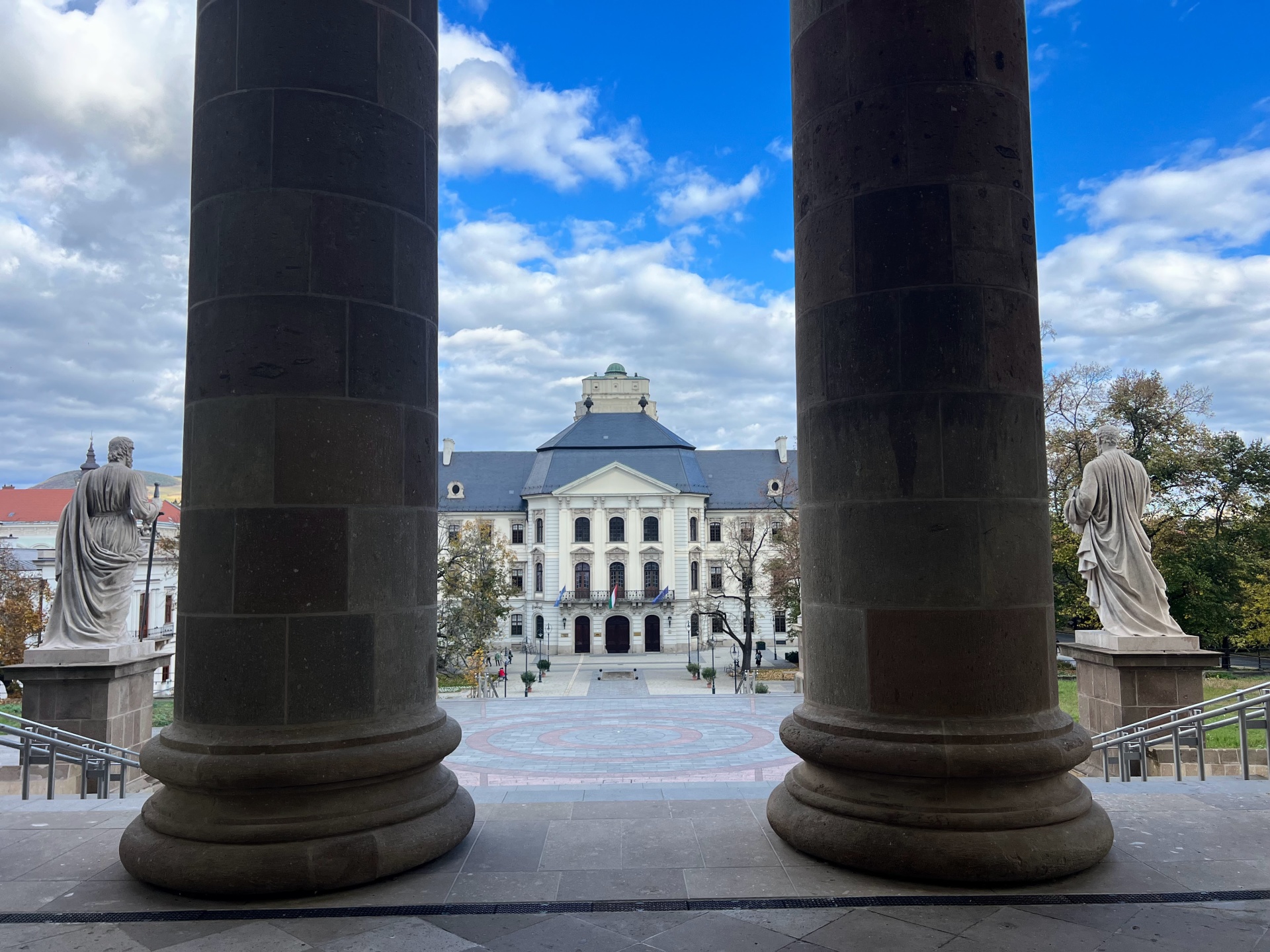
Use this map to find all places mentioned in the article below.
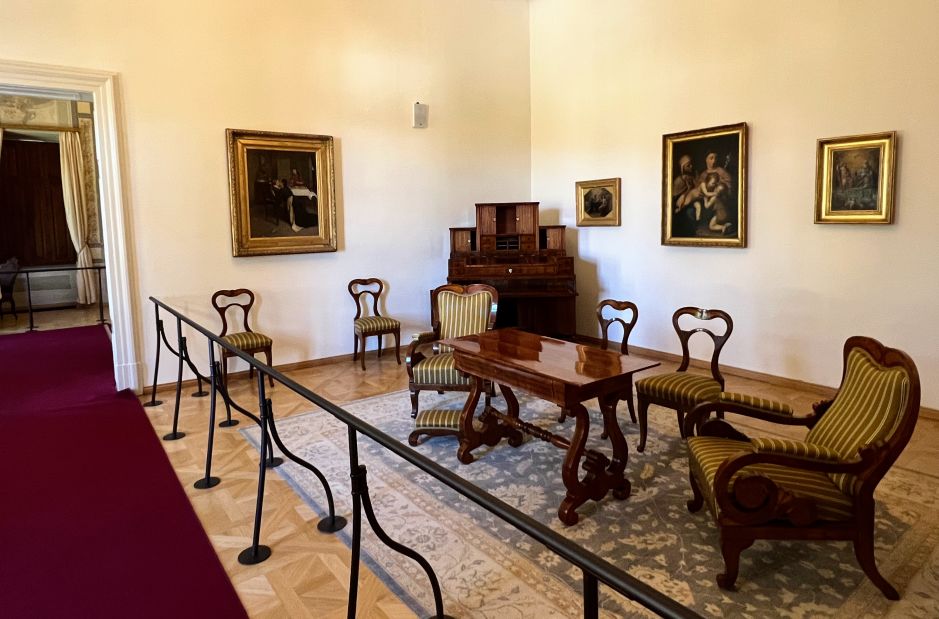
Visit the Archbishop's Palace (location; 10 a.m. to 4 p.m., closed on the weekend; small admission)
Having been the seat of an Episcopal see means that Eger is especially rich in churches and clerical institutions, and of course there's the Archbishop's own residence, which is open to the public (with the onset of the Ottoman wars in the 16th-century, the old hillside location turned into a fortress and his Excellency moved down here).
The sweeping halls display many beautiful ecclesiastical objects such as jewel-encrusted chalices and ceremonial robes, and there are lots of period furniture from the late Baroque and Biedermeier periods. The archbishop's private chapel is also predictably grand.
Most unexpected is the paintings collection, which includes a few masterpieces; for example a work by the Dutch Hendrick Ter Brugghen, who was part of the famous 17th-century Utrecht school inspired by Caravaggio’s use of light and shadow. Also here: a Piranesi etching of Rome and paintings by Hungary's greats, László Mednyánszky and Gyula Benczúr.
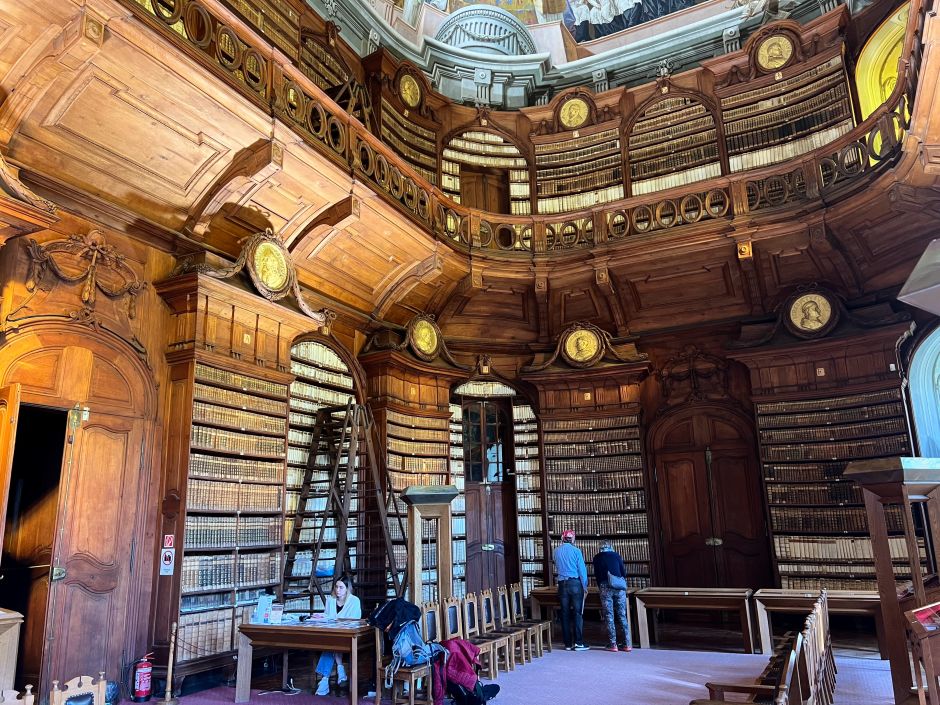
Visit the Archbishop's Library Inside Eger’s Lyceum (location; closed on Sunday and Monday; small admission)
Across the street from the Basilica stands the palatial Eszterházy Károly Catholic University (1761-1785). As Archbishop of Eger and an enlightened aristocrat, Eszterházy paid the construction costs of the institution, which back then was a secondary school as the Habsburg Queen of Hungary, Maria Theresa, refused to grant it university status. The wonderful library (1793) holds several treasures, for example a handwritten letter by Mozart addressed to his sister. The astonishing ceiling fresco shows a scene from the Council of Trent (I've found this an interesting choice of subject by Eszterházy).

Visit the Astronomical Museum Inside Eger’s Lyceum (location; closed on Wednesday; small admission)
In addition to the Archbishop's library, see above, the Eszterházy Károly Catholic University's main building has another must-see destination: the 18th-century observatory. The small nook, which was one of the first of its kind in Hungary, is located on the tenth floor of the building's tower (not seen from the photo above). A child-friendly astronomical museum is also up there, as well as a terrace with the best views of Eger.
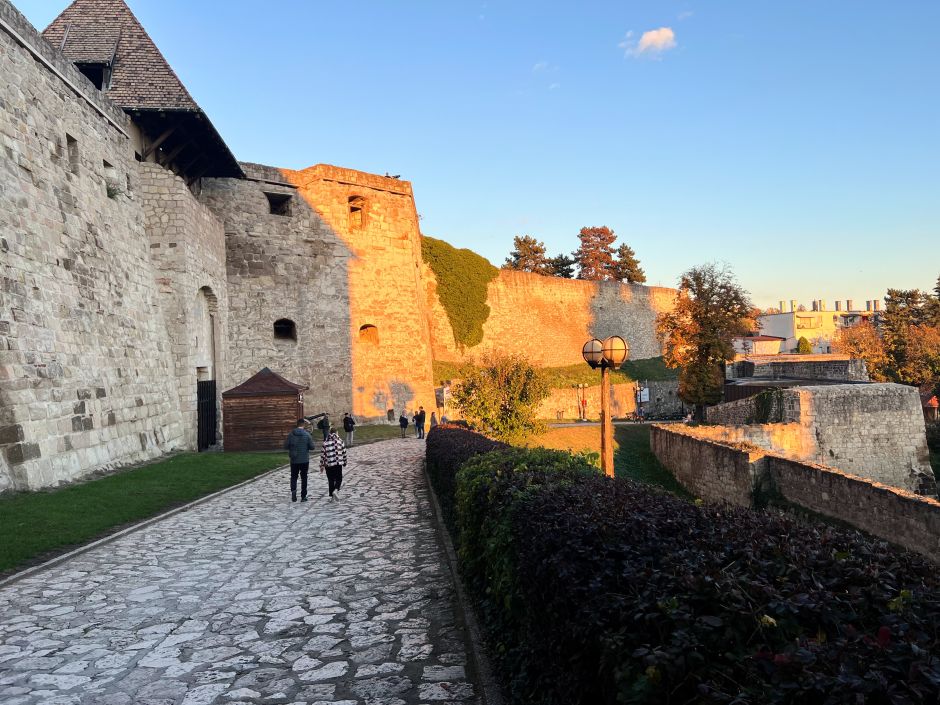
Visit the Castle of Eger (location; open daily from 9 a.m. to 6 p.m.; HUF 3,600 admission)
Starting in the 11th-century, Eger gradually built out its hilltop so that by the 1400s an enormous Gothic cathedral and the Archbishop's luxurious palace perched up there. With the growing Ottoman threat, however, the area transformed into a defensive fortress lined with bastions (and the Archbishop moved to safer grounds).
In 1552, the vastly outnumbered Hungarian troops successfully fended off the Ottoman army’s siege. Eger’s heroic defense against the 45,000-strong enemy has been deeply ingrained in the Hungarian consciousness through Géza Gárdonyi’s famous book, Egri csillagok (1901) and later a movie. This is why people sometimes forget that in 1596 Eger did eventually fall, hence all the ruins that await visitors to the castle today (and also because later the archbishops used the area as a stone quarry for their building projects).
Several child-friendly exhibitions in the underground chambers shed light on the place's history and its famous battle. Be sure to pay a visit to the red marble tomb of its hero-general, István Dobó. There's also a calvary monument that culminates in panoramic open vistas onto Eger.
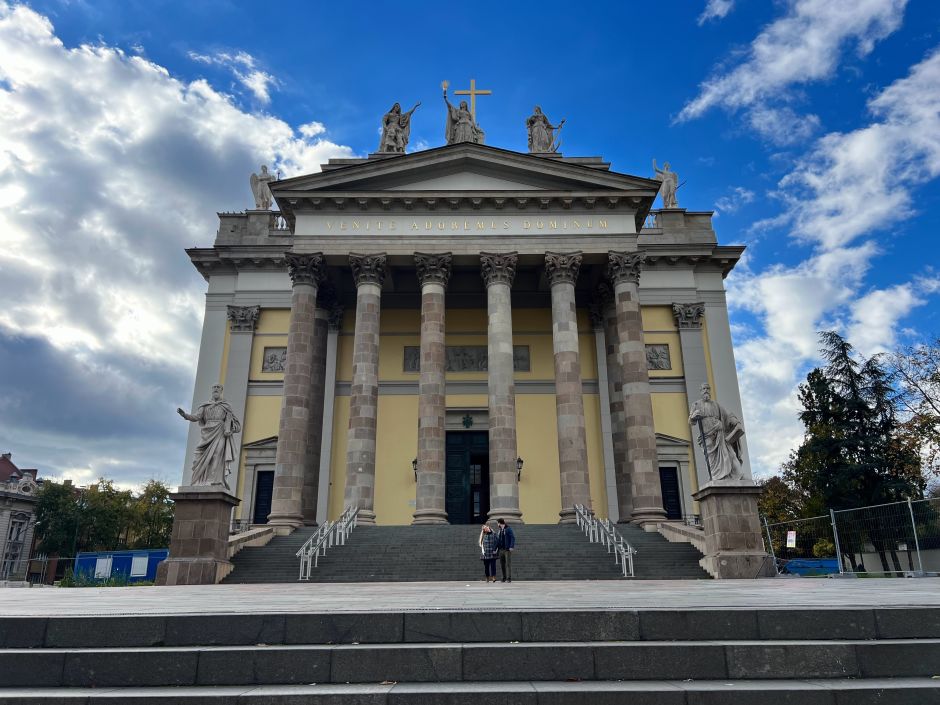
Visit Eger’s Cathedral Basilica (location; open daily; no admission)
This striking neoclassical structure from 1831-36 is the third biggest church in Hungary and the seat of Eger's Archbishop. József Hild's design harks back to the time when the buildings of ancient Rome inspired architecture, hence the pedimented entrance portico and the hemispherical dome resembling that of the Pantheon, and the great lunette windows and barrel vaults inside which wouldn't be out of place in a Roman bath. Outside the building, there's a pair of stone statues of Hungary's canonized medieval kings, Saint Stephen (István) and Saint Ladislaus (László), as well as that of Saint Peter and Saint Paul.
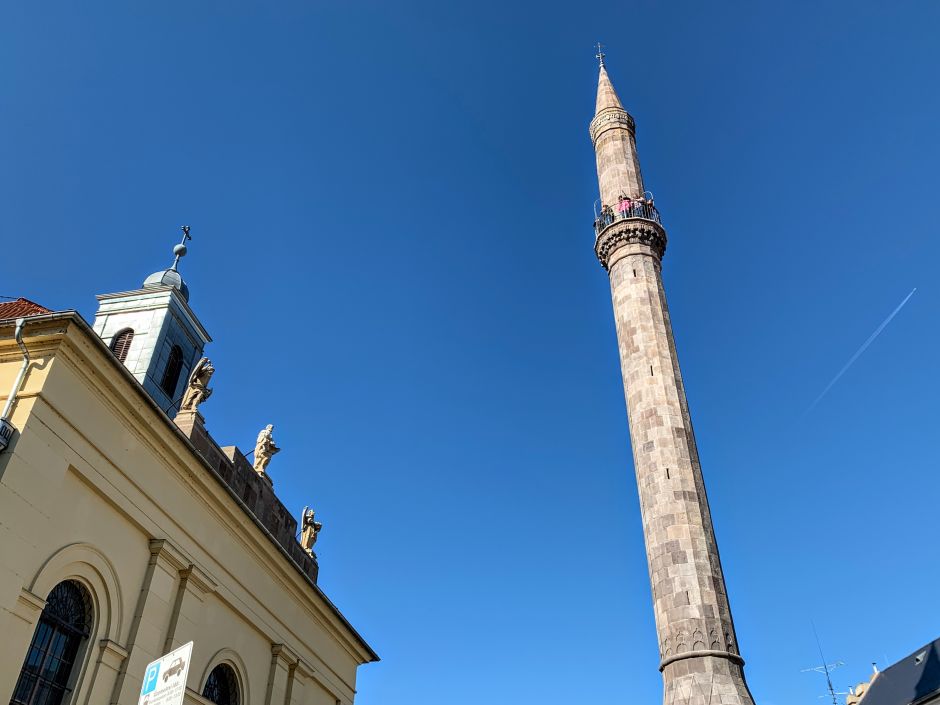
Take in the views from Eger’s Minaret (location; open daily from 10 a.m. to 5 p.m.; small admission)
Only three minarets have remained in Hungary from the country’s occupation by Ottoman Turkey, and the one in Eger is in best shape. From afar, it’s a surreal experience to glance the 40-meter tall red sandstone structure amid the city’s myriad church towers (the mosque that once stood beside it was demolished long ago). The panoramic views from up top are worth the climb.
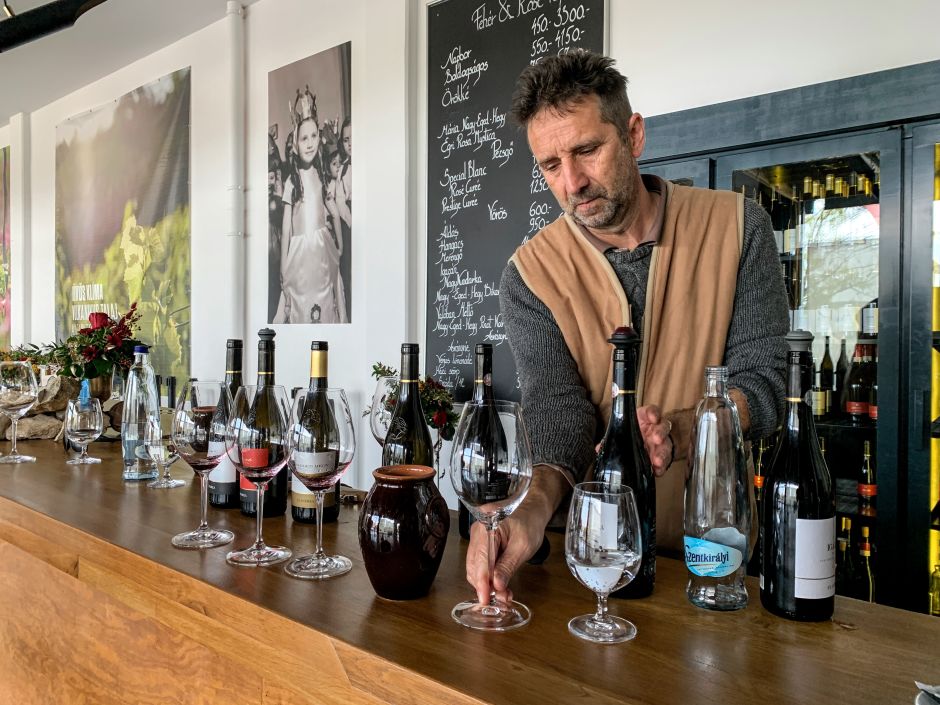
Go to a Wine Tasting
Eger has long been home to one of Hungary's top wine regions, so you might want to take advantage of that. The wine region is best known for its red blend, the Bull's Blood, but there's plenty of white to go around too, many made from native grapes such as Egri Leányka. Here's a list of Eger's top winemakers; be sure to book a tasting appointment in advance.
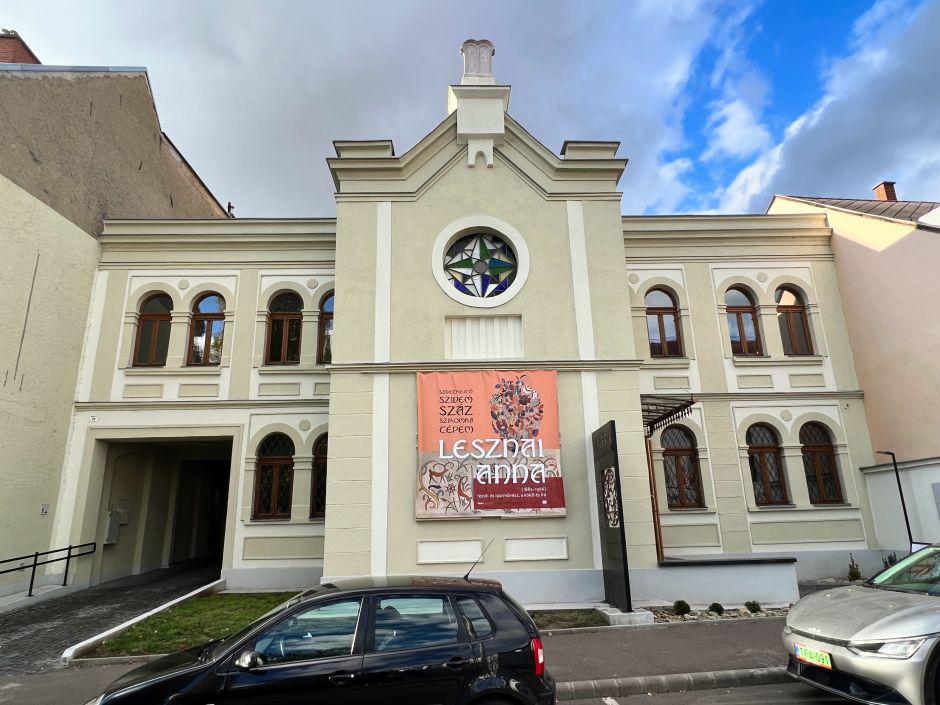
Visit the Ziffer Sándor Picture Gallery (location; open daily; small admission)
Like much of the Hungarian countryside, Eger once had a thriving Jewish community accounting for more than ten percent of the population. In the spring of 1944, Eger's Jewish residents were deported to Auschwitz and most of them killed. After decades of neglect, the city's synagogue is now home to an art museum. The temporary exhibitions of the Ziffer Sándor Gallery are usually among the very best in Hungary, so a visit can be more than worth it.
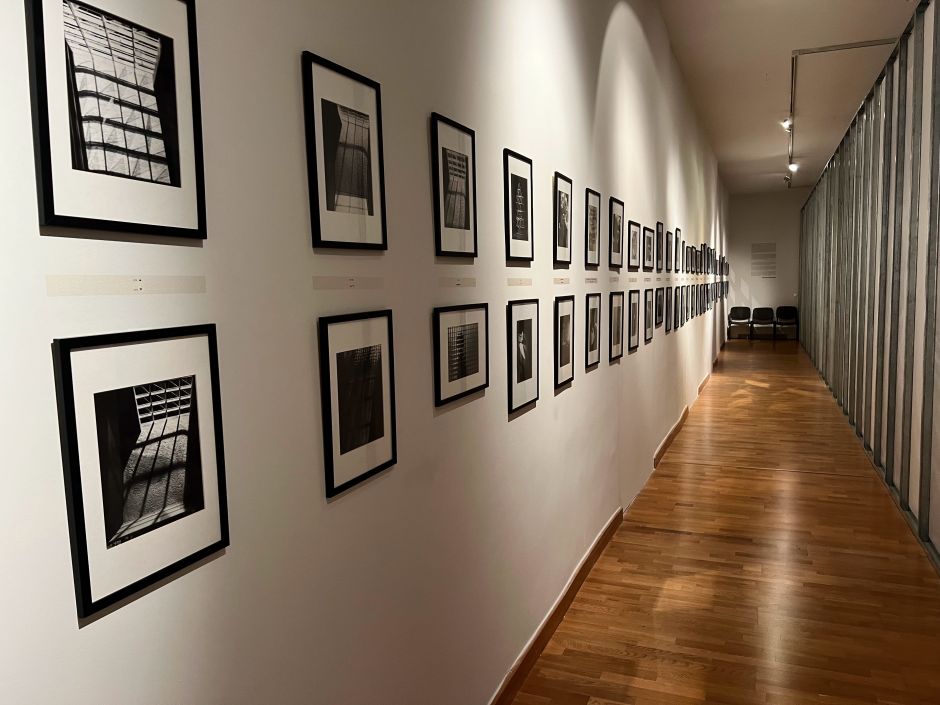
Visit the György Kepes Art Center (location; closed on Sunday and Monday; free admission)
The Hungarian-born György Kepes (1906-2001) was a modern painter and photographer and part of the circle of Hungarian emigres that included László Moholy-Nagy, Marcel Breuer, and Robert Capa (he is said to have been the first person to hand a camera to Capa). For decades, Kepes was an influential teacher at MIT in the United States, exploring ways in which science and art can find meaningful overlaps. The Kepes Art Center in Eger has a major collection of Kepes's photography – some more experimental than others – and paintings.

Roam Eger's Baroque City Center (location; open daily)
The Franciscan church (1758-1773) anchoring Eger’s main square has an undulating facade that brings to mind the Italian Baroque churches and is the only such example in Hungary. On the square outside stands the self-assured bronze statue István Dobó, the general of the Hungarian troops who heroically defended the city in 1552 against the outsized Ottoman army. Several charming Baroque streets and most restaurants and cafes are also in this area.

Soak Yourself in Eger’s Turkish Baths (location; open daily, hours vary; HUF 3,500 admission)
If you find Budapest’s Ottoman-era hammams too busy, here’s your chance for a travel back in time within a cozier and less crowded setting. The highlight is the recently renovated 17th-century main bath topped with gleaming golden mosaics (I only wish the water were a wee bit warmer). A sauna, steamroom, and a range of Turkish massage options are also available.
Go to Eger's Antique Shop (location; closed on Sunday)
Vases, embroidered clothes, books, old bills, clocks, porcelain, glass – the place called Régiségbolt in the city center sells it all. As with all excellent antique shops, you can stumble into both treasures and tchotchkes.
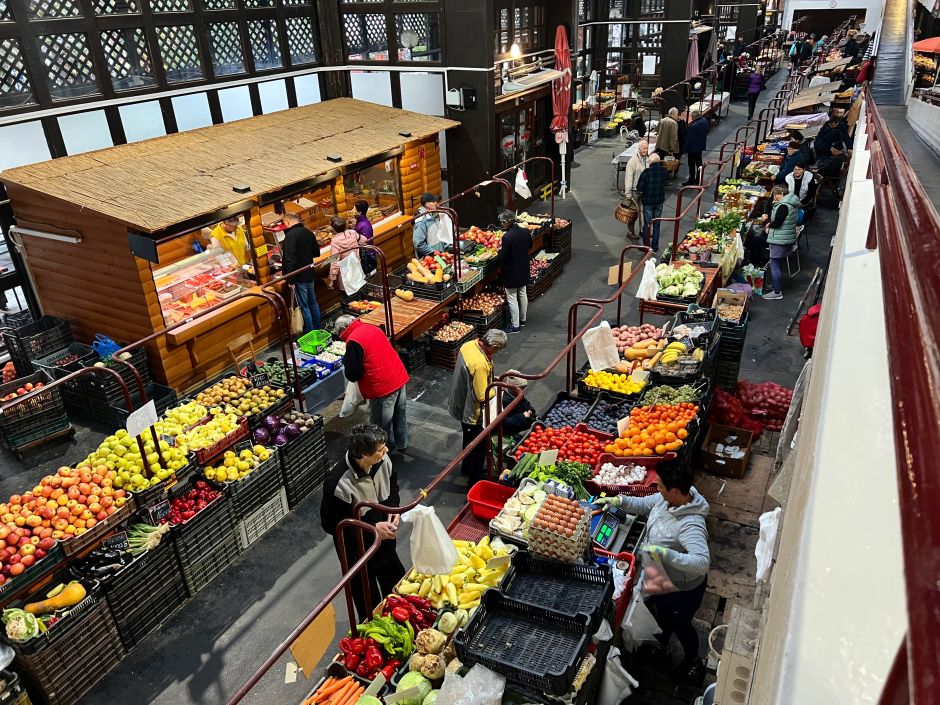
Visit Eger's Market Hall (location; closed on Sunday)
It's always fun to explore a city's market because even a quick glimpse provides broader context about the residents – who they are and what they eat. And of course you can stumble into some delicious stuff; in Eger's market, this would be the homemade jams sold on the ground floor, and the feather-light lángos on the upstairs (Rohlicsek).
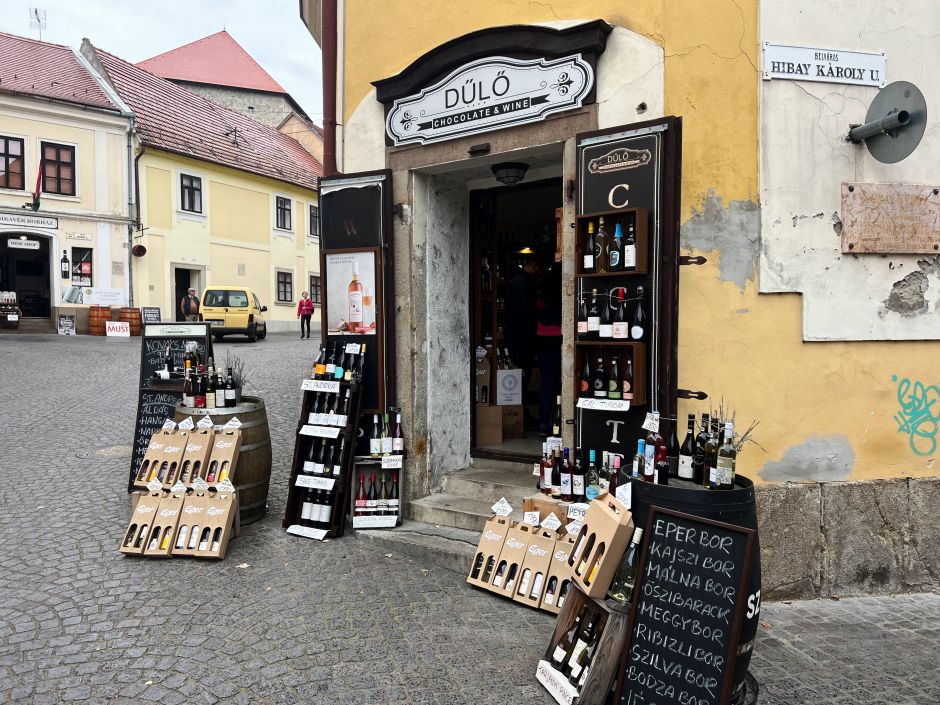
Pile Up on Wine at Dűlő Chocolate & Wine (location; open daily)
Dűlő Chocolate & Wine is an excellent wine retailer right in Eger's city center. The store carries nearly all Eger producers, even those that are hard to find in Budapest. The proprietor can provide helpful recommendations. Perhaps too helpful: I dropped in for a bottle of kékfrankos (Blaufränkisch) recently and left with many more than that.